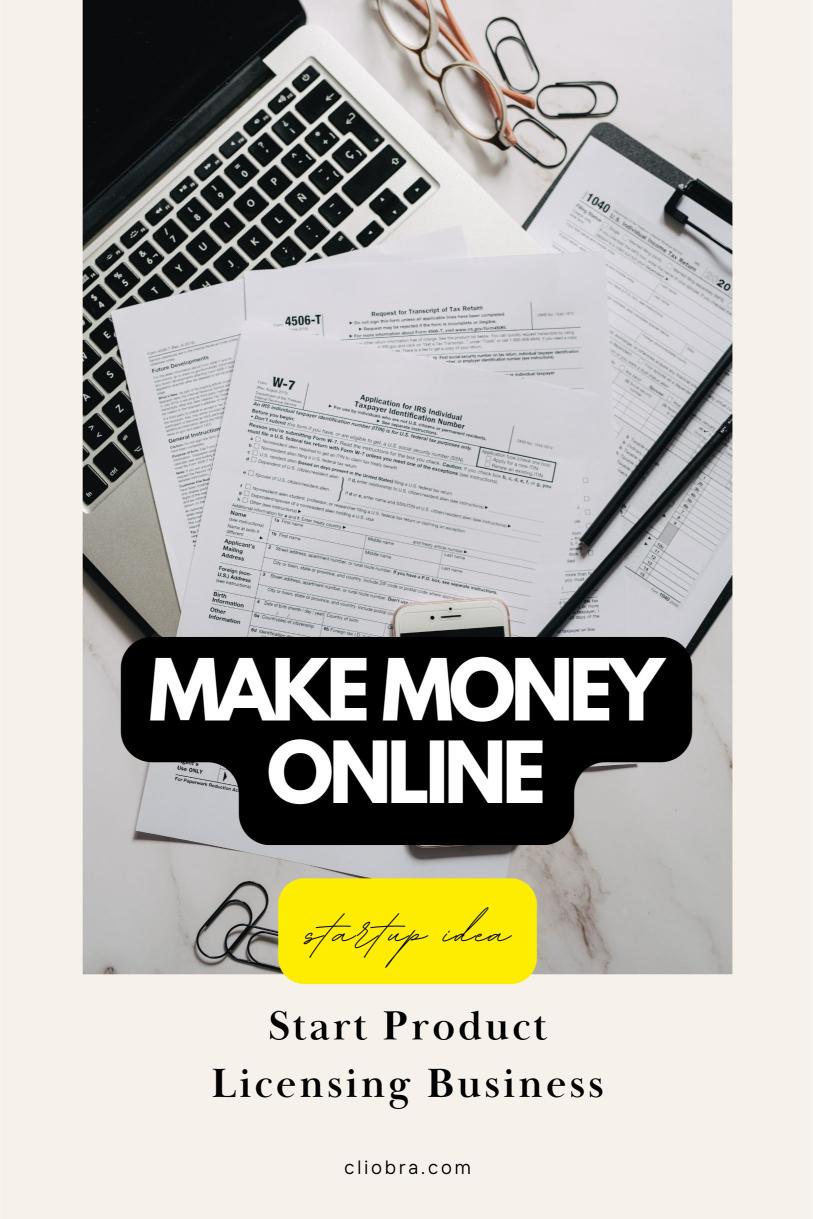Last Updated on October 24, 2024 by Arif Chowdhury
Ever dreamed of making money while you sleep?
Thought it was just a pipe dream?
Think again.
Digital product licensing is the new frontier for entrepreneurs looking to build wealth without leaving their homes.
But what exactly is it?
And how can you get in on the action?
Let’s dive in.
What the Hell is Digital Product Licensing Anyway?
Digital product licensing is like renting out your brain.
You create something once, then let others use it for a fee.
Simple as that.
These digital products can be anything:
- eBooks
- Online courses
- Software
- Music
- Graphics
- Templates
The possibilities are endless.
And the best part?
You don’t need a fancy degree or millions in startup cash.
Just a computer, an internet connection, and a killer idea.
Why Digital Product Licensing is a Game-Changer
Here’s the deal: Traditional businesses are a pain in the ass.
Inventory, shipping, customer service headaches.
Who needs that noise?
With digital product licensing, you create once and sell infinitely.
No physical products to store or ship.
No employees to manage.
Just pure, scalable profit.
According to a recent study, the global digital content market is expected to reach $271 billion by 2025, growing at a CAGR of 11.2% from 2020 to 2025.
That’s a lot of zeros.
And you can grab your slice of the pie.
Getting Started: The Nitty-Gritty
Alright, let’s break this down step by step.
1. Find Your Niche
First things first: What are you good at?
What do people always ask you for help with?
That’s your goldmine.
Don’t try to be everything to everyone.
Pick a lane and own it.
2. Create Your Digital Product
Now it’s time to put in the work.
Remember: Quality is key.
Your product needs to solve a real problem or fulfill a genuine need.
Some ideas to get the juices flowing:
- A comprehensive guide on mastering social media marketing
- A suite of customizable website templates for small businesses
- A software tool that automates repetitive tasks
Whatever you choose, make it valuable.
Make it something people can’t resist.
3. Set Up Your Licensing Model
This is where the rubber meets the road.
You’ve got options:
- One-time fee: They pay once, use forever
- Subscription: Regular payments for ongoing access
- Usage-based: They pay based on how much they use
Pro tip: Test different models.
See what sticks.
4. Protect Your Intellectual Property
Don’t skimp on this step.
Get your copyrights and trademarks in order.
Consider hiring a lawyer to draft solid licensing agreements.
It might cost a bit upfront, but it’ll save your ass in the long run.
5. Market Like a Mofo
Build it and they will come?
Yeah, right.
You need to get your product in front of eyeballs.
Some marketing strategies to consider:
- Content marketing (blogs, videos, podcasts)
- Social media campaigns
- Influencer partnerships
- Email marketing
- Paid advertising
Mix and match.
Find what works for your audience.
Scaling Your Digital Empire
Once you’ve got your first product out there, don’t stop.
Keep creating.
Keep innovating.
Build a portfolio of digital products.
Cross-promote.
Upsell.
The sky’s the limit.
Common Pitfalls to Avoid
Listen up: This isn’t a get-rich-quick scheme.
It takes work.
Here are some landmines to watch out for:
1. Neglecting Market Research
Don’t create in a vacuum.
Make sure there’s demand for your product.
2. Underpricing Your Product
Know your worth.
Don’t sell yourself short.
3. Ignoring Customer Feedback
Listen to your users.
They’ll tell you how to improve.
4. Failing to Update and Evolve
The digital world moves fast.
Keep your products fresh and relevant.
5. Overlooking Legal Protections
Don’t get caught with your pants down.
Protect your intellectual property.
The Numbers Don’t Lie
Still not convinced?
Check this out: A survey by ConvertKit found that 48% of creators earn over $100,000 annually from their digital products.
That’s not chump change.
And get this: The e-learning market alone is projected to reach $325 billion by 2025.
That’s a lot of potential customers for your digital products.
Tools of the Trade
You don’t need a fancy setup to get started.
But here are some tools that can make your life easier:
- Content creation: Canva, Adobe Creative Suite
- Course platforms: Teachable, Thinkific
- E-commerce: Gumroad, SendOwl
- Email marketing: ConvertKit, Mailchimp
- Project management: Trello, Asana
Pick what works for you.
Don’t overcomplicate things.
The Mindset for Success
Here’s the truth: Building a digital product licensing business isn’t just about the tactics.
It’s about the mindset.
You need to:
- Be patient (Rome wasn’t built in a day)
- Stay persistent (Failure is just feedback)
- Keep learning (The digital landscape is always changing)
- Embrace imperfection (Done is better than perfect)
Remember: Every successful entrepreneur started exactly where you are now.
Wrapping It Up
Digital product licensing isn’t just a business model.
It’s a lifestyle.
A way to leverage your skills and knowledge into a profitable, scalable business.
No commute.
No boss breathing down your neck.
Just you, your ideas, and a world of potential customers.
So what are you waiting for?
The digital gold rush is on.
And the best time to stake your claim?
Right freaking now.
